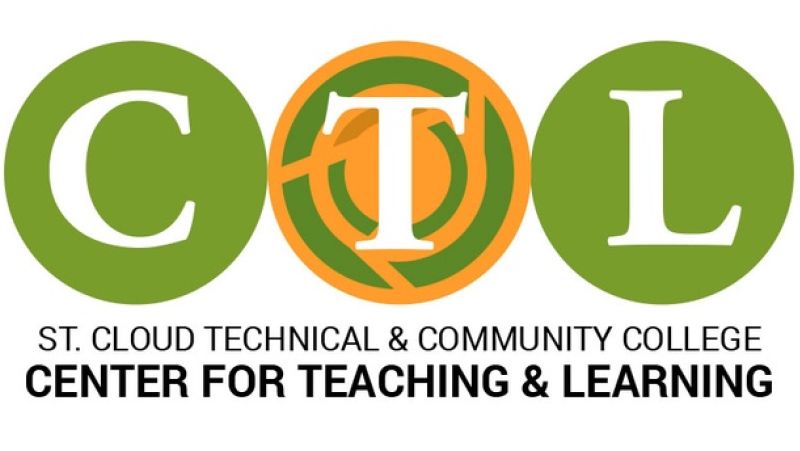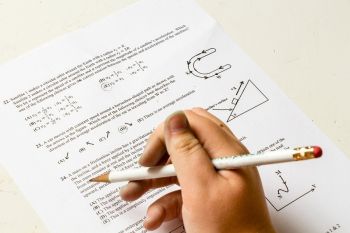We all have learning objectives that we want to focus on in our classes, but how can we align assessment to measure and evaluate student achievement for a given learning objective?
Prefer to watch and listen? Check out the video below.

Using assessment to advance students’ learning not just check on learning requires viewing assessment as a process that is integral to the all phases of teaching including planning, classroom interactions and instruction, communication, and self-reflection. Essential steps in assessment for learning include:
Step 1: Having clear instructional goals and communicating them to students
It’s important to be clear with yourself and your students about the purpose of each lesson, unit or module. Try to be as specific as possible, including what you want students to learn, or be able to do, and why you want them to learn it. It’s also important to communicate the learning goals with your students so they know what is important to learn.

Step 2: Selecting appropriate assessment techniques
Selecting and administrating assessment techniques that are appropriate for the goals of instruction as well as the developmental level of the students are crucial components of effective assessment for learning. Teachers need to know the characteristics of a wide variety of classroom assessment techniques and how these techniques can be adapted for various content, skills, and student characteristics. They also should understand the role reliability, validity, and the absence of bias should play in choosing and using assessment techniques.
Step 3: Using Assessment to enhance motivation and confidence
Students’ motivation and confidence is influenced by the type of assessment used as well as the feedback given about the assessment results. Students may become discouraged by traditional multiple choice exams or essays. Try to mix up your assessment types to include things like projects and case studies.
Step 4: Adjusting instruction based on information
An essential component of assessment for learning is that the teacher uses the information gained from assessment to adjust instruction. These adjustments occur in the middle of a course when a teacher may decide that students’ responses to questions indicate sufficient understanding to introduce a new topic, or that her observations of students’ behavior indicates that they do not understand the assignment and so need further explanation. Adjustments also occur when the teacher reflects on the instruction after the lesson is over and is planning for the next instructional opportunity.
If you are interested in learning more about classroom assessment, please visit the CTL D2L page where you can complete the self-paced interactive module titled “Assessment Tools.” This module includes readings, a quiz, and a discussion board to collaborate with colleagues.
Content derived from Minnesota State Network for Educational Development Creative Commons Attribution 3.0 (CC BY 3.0).